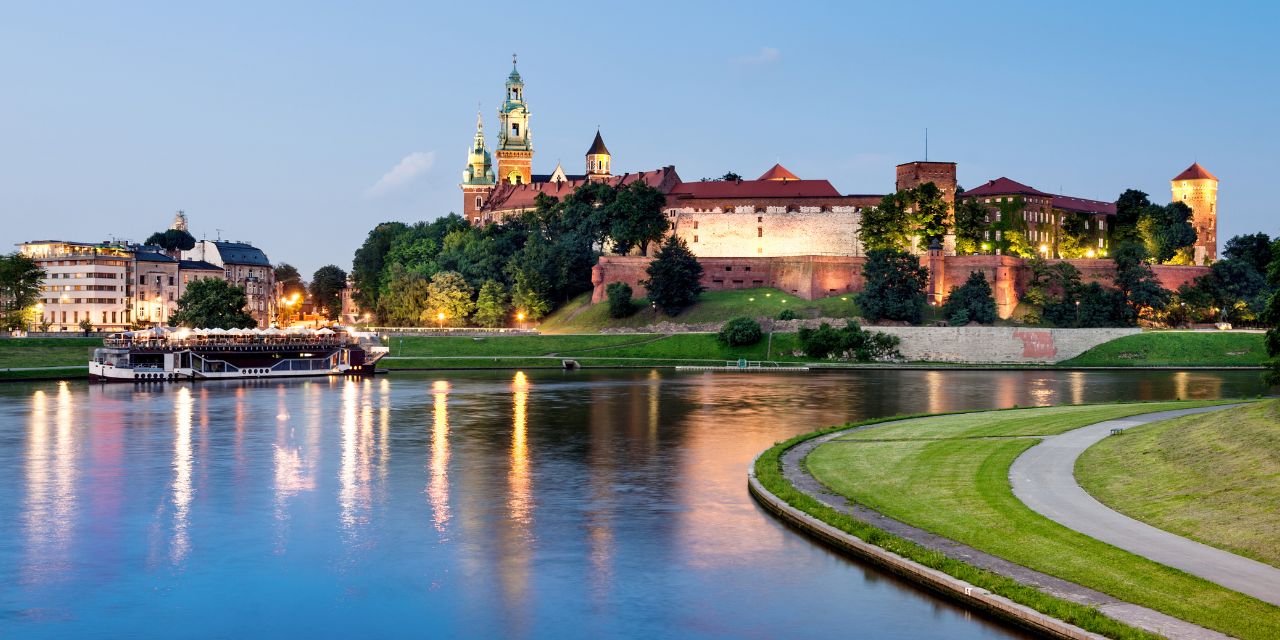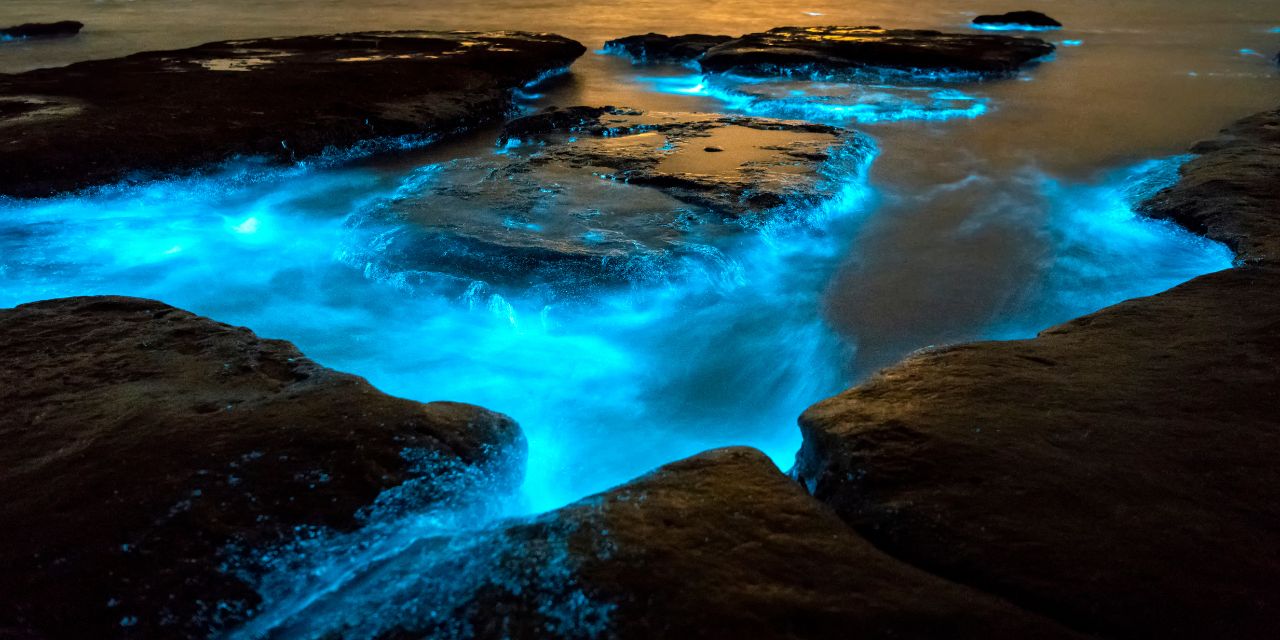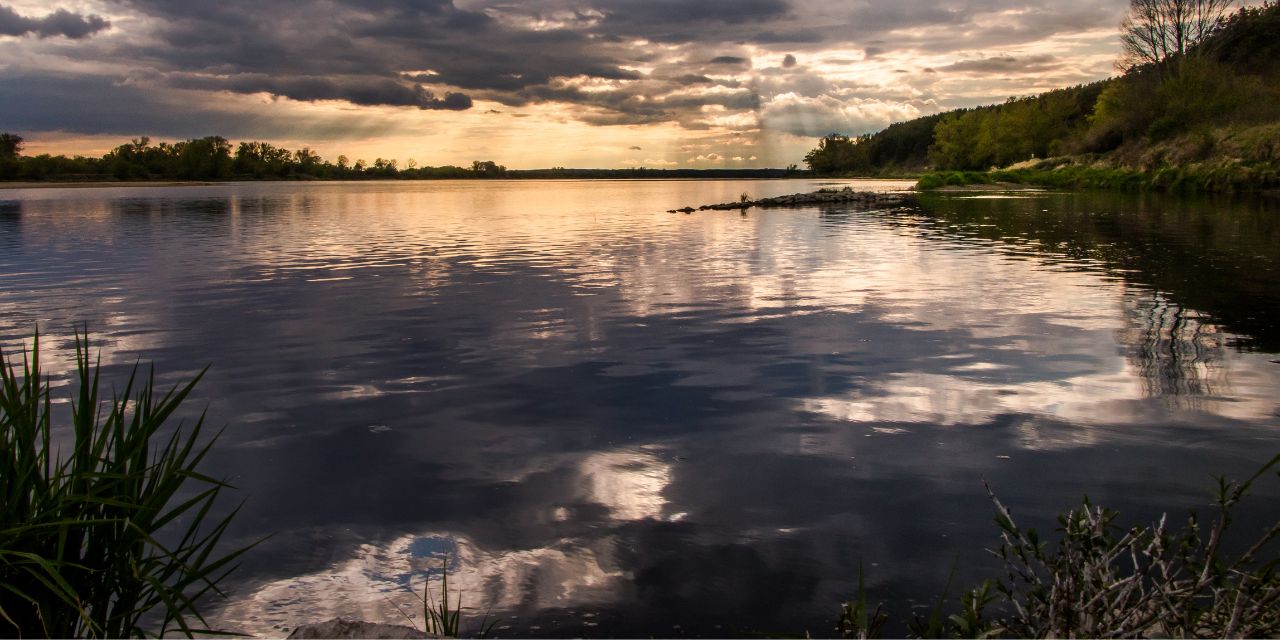Could Wisla end up similar to Odra?

A year ago, in August 2022, we watched with growing concern as one of our country’s longest rivers wriggled in deadly convulsions. Such a huge environmental disaster could not be hidden or ignored – tons of dead fish were found on the banks of the Oder River. Today we know the causes of the Oder River disaster, but are we using this knowledge to prevent further tragedies?
Could Wisla end up similar to Odra?
The direct cause of death of fish and other organisms living in the Oder River turned out to be an algae – Prymnesium parvum, that is, a golden alga The single-celled alga secretes toxins that are lethal to fish, shellfish and other gill-breathing organisms. Normally, under standard conditions, the golden alga does not occur in large numbers in the waters of the Oder River. However, a year ago, in the summer, the ideal situation for its development and intensive bloom occurred – low water levels, sustained severe heat, and, above all, huge amounts of salt water discharged from Silesian mines.
What function do algae have in ecosystems?
Golden algae are counted among algae that make up a very broad ecological group. This group includes organisms that do not have cell nuclei, nuclei, protozoa and multicellular organisms. Unlike other groups, types or even domains, organisms included in the algal group do not have to be related to each other in any way, or even derive from a single lineage.
Algae are extremely important organisms for the functioning of our ecosystems because they produce most of the oxygen we breathe.
Algae are also used by other organisms, such as fungi and corals. A great example of such cooperation is lichens, which are simply fungi that use the assimilative capacity of algae. Some species of algae delight us with their ability to emit light, such as the bioluminescent furrows that light up warm seas.

What do we know about golden algae?
This alga was first described in 1937 by Carter, who took samples from a saline pond. To date, golden algae have been found in bodies of water such as the Baltic Sea, the Black Sea, the Atlantic Ocean and in brackish lakes, brackish ponds or saline rivers of virtually all of Europe, the Middle East, New Zealand, Australia, the United States and even Northwest Africa.
This alga does not form colonies, it is a single-celled organism. Its length varies between 8-16 micrometers, and its width is 10-14 micrometers. Typically, its cells are elongated, and each has two tendrils, allowing it to move efficiently. In addition, the cell has a special structure, called a haptonema which allows it to adhere to the substrate. Golden algae reproduce mainly asexually, and transform into cysts during adverse conditions.
Cells of golden algae have two plastids – chloroplasts of yellow, yellow-brown or olive color. They contain a photosynthetic dye called fucoxanthinwhich makes the algae appear golden in color.
Golden algae have low environmental requirements – they are found in brackish, brackish and artificially saline waters by man. They tolerate a wide range of salinity and temperature differences, ranging from 2 to 32 degrees Celsius. They are a cosmopolitan species, meaning that they are found on all continents except Antarctica (at least so far they have not been found in Antarctica).
These organisms are food-variable, mainly feeding autotrophically, that is, they carry out photosynthesis, but they can also feed on other microorganisms, bacteria, protozoa or organic matter. Such organisms are called myxotrophs..
The key causes of the mass occurrence and bloom of golden algae include not only salinity – pollution by nitrogen and phosphorus compounds also has a significant impact. The production of toxins by golden algae is also influenced by pH, because at a pH of 7 or less, algae do not produce toxins.
The main factors provoking algal blooms are:
- high temperature,
- salinity increase,
- changes in water flow,
- a sudden increase in nutrients.
Herbicides and a sudden rise in pH can also affect algal blooms.pH.
During blooms, golden algae produce toxins such as chthyotoxins, which mainly damage fish gills and have antimicrobial effects. Some substances secreted by golden algae inhibit the growth of other algae and can cause the death of zooplankton. The mechanism of toxicity involves destroying the selective permeability of cell membranes and disrupting ion regulation in fish gills. The affected fish have discolored gills usually covered with a thick layer of mucus, which means that aquatic organisms exposed to the golden algae toxin just slowly suffocate.
The primary way to combat Prymnesium parvum should be to reduce pollution discharged into rivers.
Unfortunately, in our country it is relatively easy to obtain a water permit for discharging wastewater into rivers, and in addition, periodic increases in the salinity of water in reservoirs can also be contributed to by water runoff after winter, which contains a significant amount of sodium chloride. (The effect of using road salt). Silesian mines invariably dump salty water into the Vistula as well, so if appropriate protective measures are not taken immediately, we can expect the death of another Polish river. And not just this river.

Are there other ways to reduce algal blooms in rivers?
Mid-field canopies and vegetation overgrowing ditches can also help reduce algal blooms, so that nutrient runoff into reservoirs is slowed and reduced. Theoretically, cutting down a large area overgrown by alders could cause an algal bloom in the catchment valley, since alders enter into a symbiosis with nitrogenous bacteria, and once the trees are cut down, the bacteria die off, releasing large amounts of nitrogen compounds into the soil.
Another way that could effectively reduce the appearance of golden algae and protect the organisms is to naturalize reservoirs and rivers. Plants growing along riverbanks effectively capture nitrogen and phosphorus from the water, so algae do not have access to these elements. The bends in rivers, oxbow lakes and depressions create so-called refugia, places where aquatic organisms can survive a disaster and later re-colonize the reservoir.
Golden algae in our country can appear around the Baltic Sea and in salt pans, but should not be found in rivers.
Spreading information that golden algae is the cause of the Oder disaster is nothing more than attempts to hide the real root causes of the situation. This algae is only the result of water pollution with phosphorus, nitrogen and, above all, the salinity of the water in the Oder River.
Although work is reportedly underway on a project to eliminate salt from process water discharged into the Oder River, salt water will continue to enter rivers until the project is fully implemented.
So what will we find in our rivers next year…?
Author: Bartłomiej Oleszko

